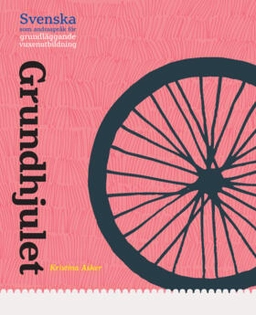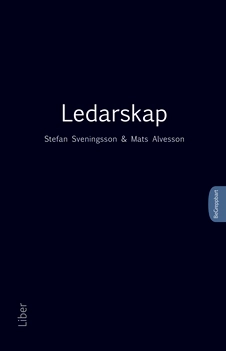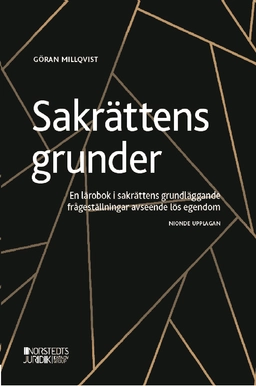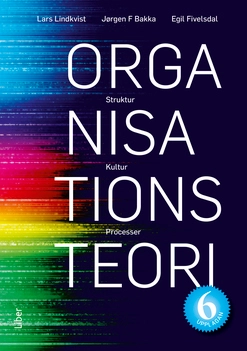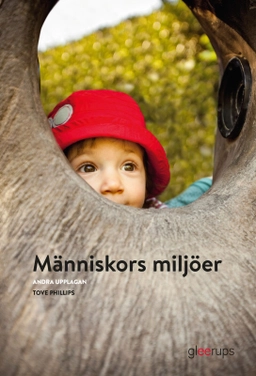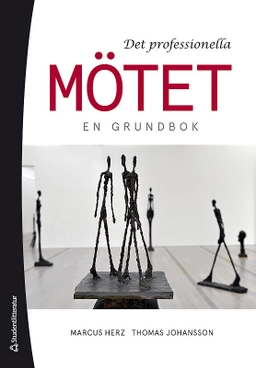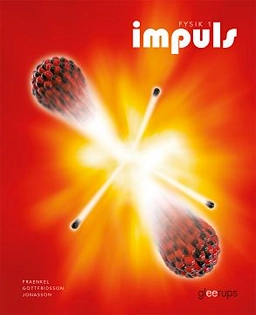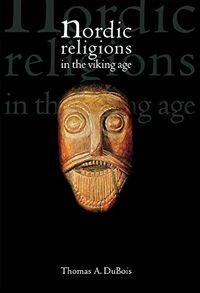

Nordic Religions in the Viking AgeMiddle Ages seriesMiddle Ages: University of Pennsylvania Press
- Utgiven: 1999
- ISBN: 9780812235111
- Sidor: 271 st
- Förlag: University of Pennsylvania Press
- Språk: Engelska
Om boken
Åtkomstkoder och digitalt tilläggsmaterial garanteras inte med begagnade böcker
Mer om Nordic Religions in the Viking AgeMiddle Ages seriesMiddle Ages: University of Pennsylvania Press (1999)
1999 släpptes boken Nordic Religions in the Viking AgeMiddle Ages seriesMiddle Ages: University of Pennsylvania Press skriven av Thomas Andrew DuBois. Den är skriven på engelska och består av 271 sidor. Förlaget bakom boken är University of Pennsylvania Press.
Köp boken Nordic Religions in the Viking AgeMiddle Ages seriesMiddle Ages: University of Pennsylvania Press på Studentapan och spara pengar.
Referera till Nordic Religions in the Viking AgeMiddle Ages seriesMiddle Ages: University of Pennsylvania Press
Harvard
Oxford
APA
Vancouver
Bokens omdöme
Baserat på 1 recension från verifierade användare
Bokens omdöme
5.0 (1)
1 recension

Kajsa
Billdal
Boken verkar väldigt informativ. Dock behövde jag den knappt på min kurs varför den knappt är bläddrad i.
